Exhaust fan in the laundry room with a window
Bongo
2 years ago
Featured Answer
Comments (90)
Austin Air Companie
2 years agoRelated Discussions
Exhaust fans versus 'normal' fans?
Comments (5)Thanks for your replies and useful information. The typical box fans available locally are rounded ones, so I would have to had padded/filled in around them too. And I came across some more information about air stratification which got me to thinking about air flow, humidity and venting- some people have vents opening in the roof to release the hot air. This is a discussion where some one talks about horizontal air flow removing 'good' air with hot air staying up the top- though if you had the exhaust fan up at the highest point you would get more of the hotter air being removed I think: http://209.85.173.132/search?q=cache:AsuB1xJiPZYJ:www.orchidsafari.org/ghse/ghse1.html+greenhouse+exhaust+%22high+velocity+fan%22&hl=en&ct=clnk&cd=1&gl=au This is interesting in that I read about someone who installed a the exhaust fan on the opposite end wall to an evaporative cooler or wet wall which worked well to remove heat but also removed a fair bit of humidity. In contradiction I've read turbine ventilators do remove humidity and are installed and used to not only remove heat in summer but to remove moisture from under the roof/ceiling or in attics. I know some one who uses whirly birds/turbine ventilators though they have said height is really important for them to be effective. So I ended up not going with fans for exhausting air on the opposite end wall to the cooler and instead got a 30cm turbine ventilator whirly gig thing. I also found a few more exhaust fans [for bathrooms, etc] and got one [25cm AUS $49.00. that will fit under the whirly, extracting air keeping the turbine spinning. The exhaust fan is not on a thermostat but I figure I could just turn it off and maybe cover it in winter to stop heat escaping. I will be placing it in/on on the roof nearer towards the highest point where hot air should rise to. I don't know how effective it will be but with misting under the benches, the evaporative cooler and trickling water down the shadecloth/matting against the fence I'd be happy if it only reduced temps just a few degrees. Where my masies, dracs, pleuros, oncids, miltonias etc are at the moment is a mucher small potting shed, which I kept totally closed up last summer but I did set up a hose in there to release a small spray of mist [slightly dripping] and have the evaporate cooler in there [+ fan inside circulating air around]. Despite some days with temps going past 35 degrees celcius I didn't lose or have any plants visibly suffer or have masie leaf drop except for one plant that was a newbie. I think it was keeping the humidity up around 80-90% [+ shading] that helped. My main concern really has been about ondontoglossums and hybrids with the cooler/cold ones like crispum, I have been told and read too that they do better if temps can be kept lower in Summer. I will post back later on how it works out and put some pics of my turbine/exhaust fan up in my Pleurothallidinae and Oncidiinae Grow House photobucket folder. Damian. Here is a link that might be useful: My http://s21.photobucket.com/albums/b253/daemondamian/Orchids/Pleurothallidinae and Oncidiinae Grow House/...See Moreexhaust fan for window
Comments (3)If you really want to do this, I suggest mounting the fan on the outside and running just a switch wire to the inside window frame. That will look nicer. You can buy exhaust fans like that, but I am not sure about finding one that is a perfect match to the opening. The fan doesn't have to be an "exhaust". Can you mount a fan in a transom above the door to blow air "into" the room? Shut the bathroom off tightly and the fan will force the humid air out the open window....See Moreexhaust fan questions
Comments (2)I have installed Panasonic fans in the ceiling above the shower. My master and main baths are both about 100 square feet. I used the FV-15VQ4 and the FV15LQ4 (one has a built in light, and one doesn't). I know Panasonic has larger fans then the ones I used, so they should have one sized for 192 square feet. I installed Intermatic count down timers next two the bathroom light switches. The rule in the house is to set the fan timer after the shower. So far it has worked well....See MoreAdding an exhaust fan where you have no external ductwork
Comments (12)Every case is different, and some routes will be less costly than others. There is nothing wrong with going out a side wall, so long as it doesn't dump cooking effluent onto an open window, a deck, or annoy the neighbors. I just wanted to raise the point that there can be more than one option for routing ducts. A roof penetration always has some risk of leaking. Ice dams are another possibility, but one which proper roofing should ameliorate. A very steep roof should tend to shed snow on its own. In some hip-roof ranches, for example, there is no path from the attic to the house side, as the roof edge and soffit is below the top of the wall of the floor below. Such structures are pretty much limited to roof exhausts. The Wolf, Abbaka, and similar designs are intended to be relatively low profile and not require a curb. The up and down blast blower configurations assume that a curb is used with its bottom sloped to match the roof. HVAC is a HVAC project, but the exhaust duct is not a very complex project if the only issue is connecting duct properly and integrating a cap into a roof properly. It is more of a roofing competence project that small builder and renovation craftsmen should be able to do. I can only wish you good luck in an education culture that depreciates trade-craft and promotes low-employment-demand college degrees for the sake of selling college degrees, even if the result is graduates lacking practical skills living in their parents' basements and owing a lot of money. kas...See Moreopaone
2 years agodadoes
2 years agolast modified: 2 years agoAustin Air Companie
2 years agodadoes
2 years agoBongo
2 years agolast modified: 2 years agoAustin Air Companie
2 years agobeesneeds
2 years agoAustin Air Companie
2 years agolast modified: 2 years agoCharles Ross Homes
2 years agoAustin Air Companie
2 years agodadoes
2 years agoBongo
2 years agoElmer J Fudd
2 years agolast modified: 2 years agoCharles Ross Homes
2 years agoAustin Air Companie
2 years agolast modified: 2 years agoBongo
2 years agoElmer J Fudd
2 years agolast modified: 2 years agodadoes
2 years agoElmer J Fudd
2 years agolast modified: 2 years agodadoes
2 years agolast modified: 2 years agoElmer J Fudd
2 years agolast modified: 2 years agodadoes
2 years agoElmer J Fudd
2 years agodadoes
2 years agoAustin Air Companie
2 years agolast modified: 2 years agodadoes
2 years agoElmer J Fudd
2 years agolast modified: 2 years agoAustin Air Companie
2 years agoElmer J Fudd
2 years agolast modified: 2 years agodadoes
2 years agoAustin Air Companie
2 years agolast modified: 2 years agoElmer J Fudd
2 years agolast modified: 2 years agodadoes
2 years agodadoes
2 years agoAustin Air Companie
2 years agobeesneeds
2 years agoAustin Air Companie
2 years agobeesneeds
2 years agodadoes
2 years agodadoes
2 years agoElmer J Fudd
2 years agolast modified: 2 years agoAustin Air Companie
2 years agoAustin Air Companie
2 years ago
Related Stories
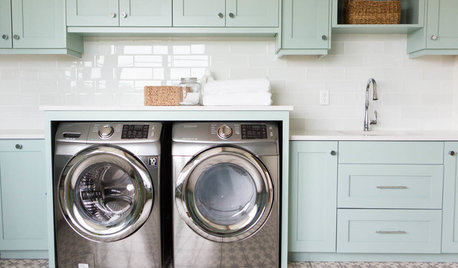
LAUNDRY ROOMSRoom of the Day: A Family Gets Crafty in the Laundry Room
This multipurpose space enables a busy mother to spend time with her kids while fluffing and folding
Full Story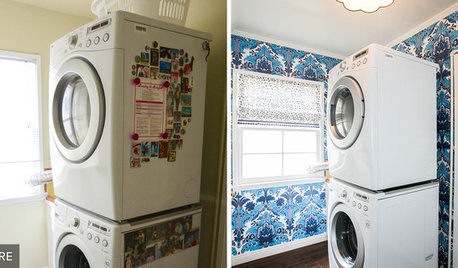
LAUNDRY ROOMSReader Laundry: Pretty Wallpaper Pleases a Fan of Washday
This renter calls doing laundry a hobby. She created a beautiful space to make it even more enjoyable
Full Story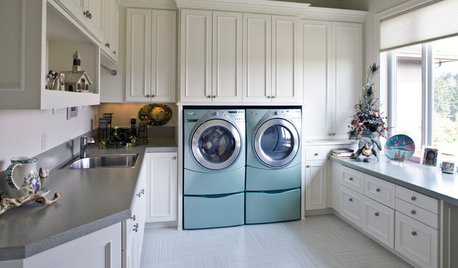
LAUNDRY ROOMSOne of the Biggest Building-Code Offenders in the Laundry Room
A dryer vent specialist shares what to do — and what to avoid — to keep things safe and efficient
Full Story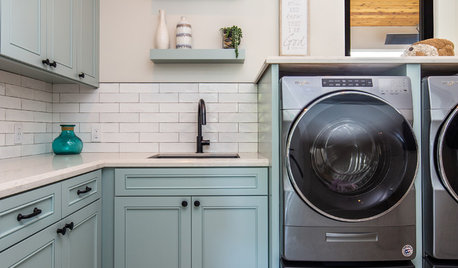
LAUNDRY ROOMSNew This Week: 5 Laundry Room Ideas to Perk Up Your Space
Integrate these ideas into your design for a more functional and inviting laundry room
Full Story
THE HARDWORKING HOMEWhere to Put the Laundry Room
The Hardworking Home: We weigh the pros and cons of washing your clothes in the basement, kitchen, bathroom and more
Full Story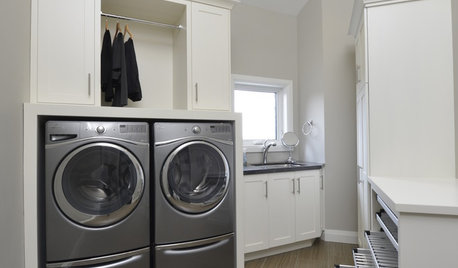
MOST POPULAR10 Smart Ideas for Your Laundry Room Remodel
Make washing and drying easier and more comfortable by considering ergonomics, storage and special features
Full Story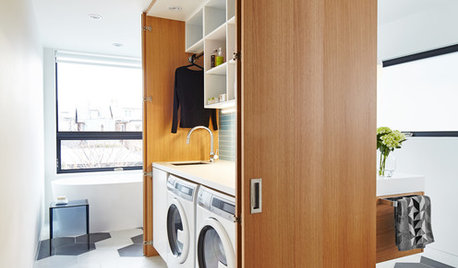
BATHROOM MAKEOVERSA Clever Storage Box Hides a Laundry Room Inside a Bath
Natural light and smart space-planning turn 165 square feet into a multifunctional, spa-like retreat
Full Story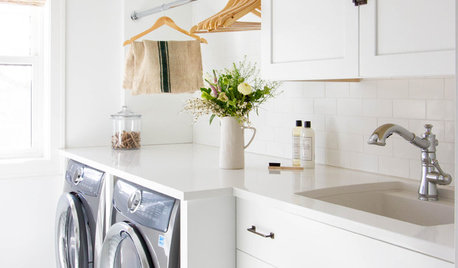
MOST POPULARHow to Remodel the Laundry Room
Use this step-by-step guide to figure out what you want and how to make it happen
Full Story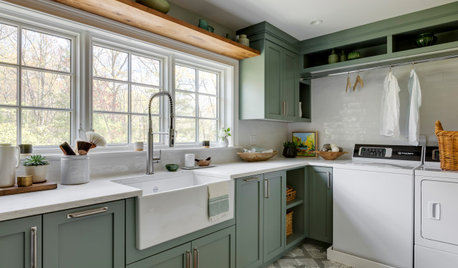
LAUNDRY ROOMSKey Measurements for a Dream Laundry Room
Get the layout dimensions that will help you wash and fold — and maybe do much more — comfortably and efficiently
Full Story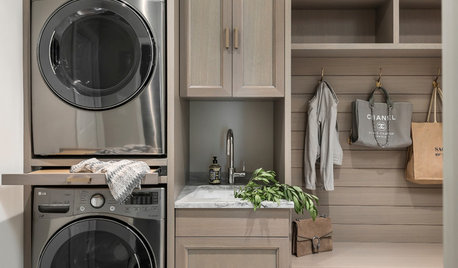
TRENDING NOWThe Top 10 Laundry Room Photos of 2018
Favorite features include drying racks and rods, folding areas and improved ergonomics to help with washday
Full Story




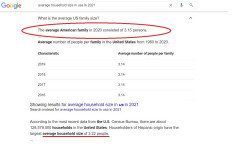


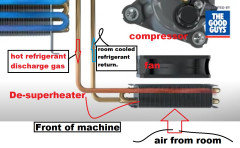
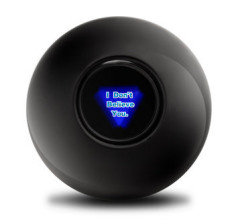






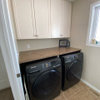
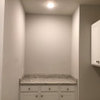

Charles Ross Homes